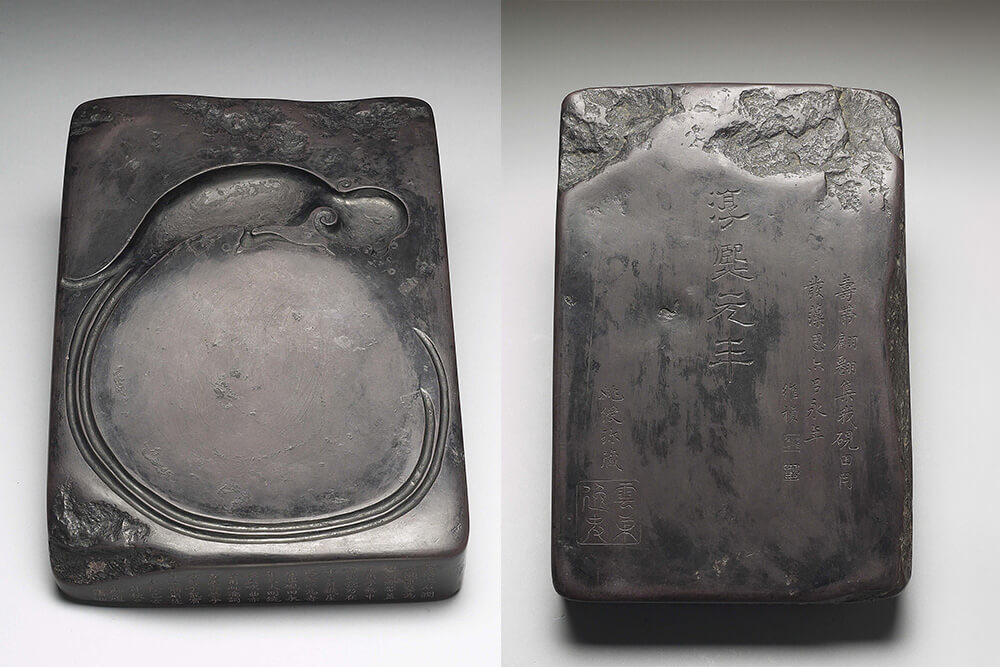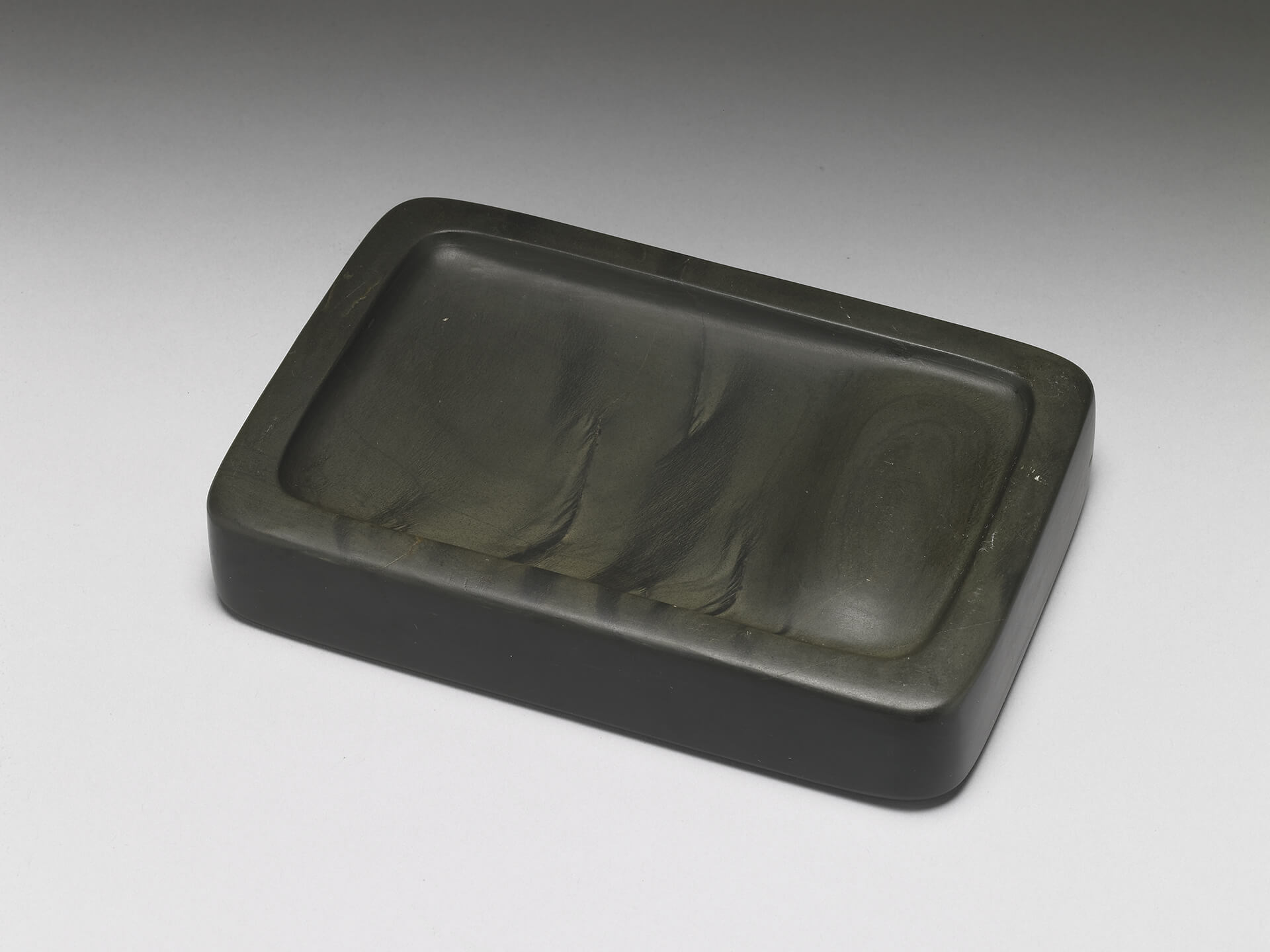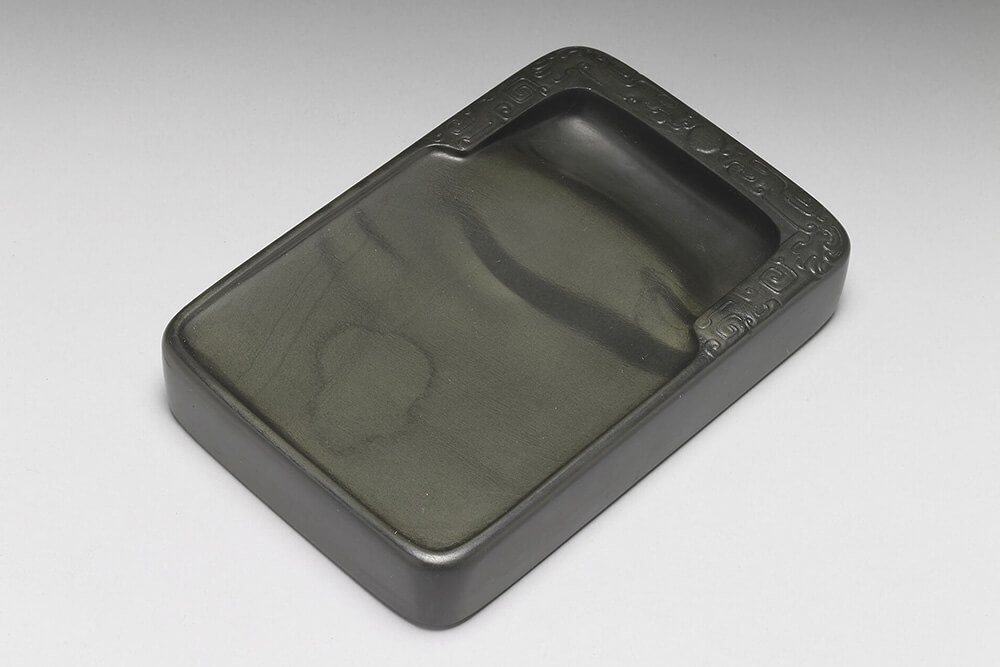The Maturation of Inkstone Styles
With the maturity of the imperial examination system during the Song Dynasty, a large group of scholars emerged in society. This extensive population of literati laid the foundation for the development of inkstones in the future. Prior to 1987, students in primary and secondary schools in Taiwan used brushes to write compositions and often used rectangular inkstones to grind ink. This flat-bottomed inkstone style originated from the "chao-shou inkstone" of the Song Dynasty, which featured a hollowed-out base. Would you like to know how those inkstones evolved?
Rectangular Inkstone
The rectangular inkstone is characterized by a base without feet or side walls. It features various forms of the ink surface, ink reservoir, and inkstone platform, such as the Phoenix pond (feng ci), enclosing pouch (gua nang), well-field inkstone (jing tian), and so forth. Each form carries different meanings and even blurs the distinction between the ink reservoir and the inkstone platform. This style showcases the natural texture of the inkstone itself and was one of the mainstream inkstone styles during the Ming and Qing Dynasties.
- Purple inkstone with phoenix-shaped pool
- Song dynasty (960-1279)
- With inscription of Chunxi yuan-nian
- She inkstone
- Yongzheng reign (1723-1735), Qing dynasty





